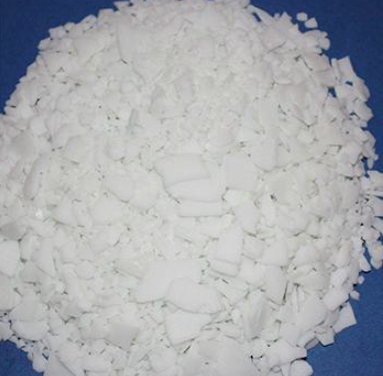The uses and toxicity of 2-Phenylphenol
Introduction
2-Phenylphenol is a white, buff, light lavender, crystalline(sand-like) solid. It is a fungicide, germicide, household disinfectant, and laboratory reagent.

Uses
2-Phenylphenol is the common name for biphenyl-2-ol (IUPAC). This substance is considered by the International Organization for Standardization (ISO) not to require a common name.
It is used as a disinfectant, bactericide and virucide. In agriculture, it is used to disinfect fruits, vegetables, and eggs. It is also used as a general surface disinfectant in hospitals, nursing homes, veterinary hospitals, poultry farms, dairy farms, commercial laundries, barbershops and food processing plants. 2-Phenylphenol is readily degraded in surface waters, with a half-life of about 1 week in river water.
It acts as a general disinfectant disrupting cell walls and membranes and is applied as a post-harvest fungicide to citrus fruits. It acts as a residual contact substance with a broad spectrum of activity against moulds and rots (e.g. Penicillium spp. and Rhizopus spp.). The inhibition of fungal growth and sporulation is achieved by infecting the cell wall, the cytoplasmic membrane, and the cytoplasm. A translocation in plants cannot be observed.
Toxicity
2-Phenylphenol can affect you when inhaled and bypassing through the skin.
2-Phenylphenol can cause skin irritation.
Contact can severely irritate and burn the eyes, possibly causing permanent damage.
Inhaling 2-Phenylphenol can irritate the nose and throat, causing coughing and wheezing.
2-Phenylphenol may affect the kidneys.
2-Phenylphenol has been determined to be of low toxicity. Both 2-phenylphenol and its sodium salt are carcinogenic in male rats, and 2-phenylphenol is carcinogenic in male mice. However, urinary bladder tumours observed in male rats and liver tumours observed in male mice exposed to 2-phenyl phenol appear to be threshold phenomena that are species and sex-specific. JMPR concluded that 2-phenylphenol is unlikely to represent a carcinogenic risk to humans.
A health-based value of 1 mg/l can be calculated for 2-phenyl phenol based on an ADI of 0–0.4 mg/kg body weight, based on a NOAEL of 39 mg/kg body weight per day in a 2-year toxicity study based on decreased body weight gain and hyperplasia of the urinary bladder and carcinogenicity of the urinary bladder in male rats, using an uncertainty factor of 100 for interspecies and intraspecies variation. However, because of its low toxicity, the health-based value derived for 2-phenylphenol is much higher than concentrations of 2-phenyl phenol likely to be found in drinking water. Under usual conditions, therefore, 2-phenylphenol in drinking water is unlikely to represent a hazard to human health. For this reason, establishing a formal guideline value for 2-phenylphenol is not deemed necessary.
2-Phenylphenol is readily degraded in surface waters and municipal waste mixtures, and the degradation is biologically mediated. In river water, radiolabelled 2- phenylphenol at concentrations ranging from 1.2 to 120 µg/litre was degraded to about 50% of the initial concentration in 1 week. Adding mercuric chloride to inhibit biological activity reduced the decrease to only 10% after 30 days. In activated sludge, radiolabelled 2-phenylphenol at 9.6 mg/litre was degraded to 50% of the initial concentration in 24 h. 2-Phenylphenol, therefore, meets the criteria for being classified as readily biodegradable.
You may like
Related articles And Qustion
See also
Lastest Price from 2-Phenylphenol manufacturers

US $30.00-25.00/kg2025-04-21
- CAS:
- 90-43-7
- Min. Order:
- 1kg
- Purity:
- 99%
- Supply Ability:
- 10 mt

US $0.00/kg2025-04-15
- CAS:
- 90-43-7
- Min. Order:
- 20kg
- Purity:
- 99%
- Supply Ability:
- 20 tons



